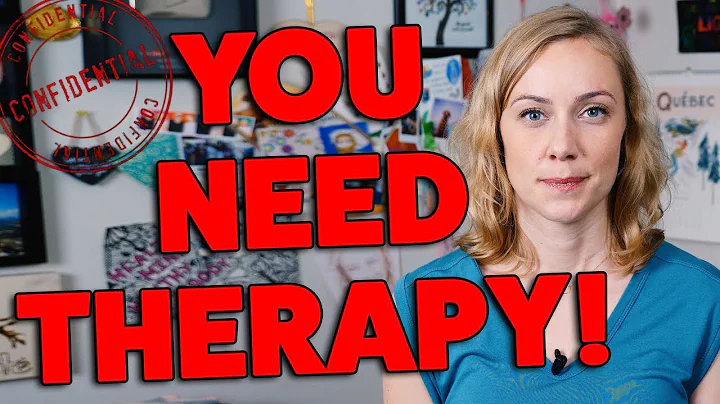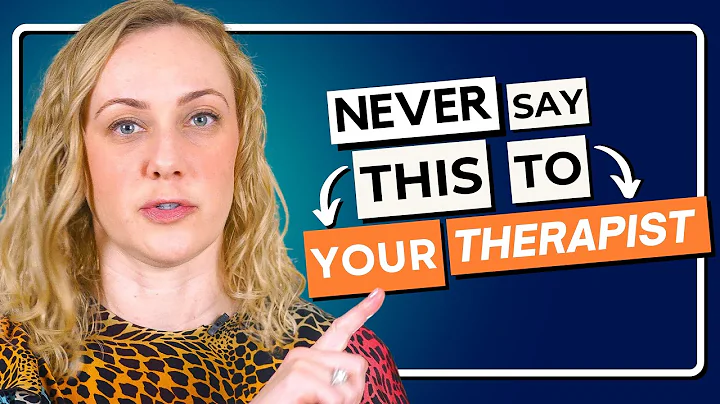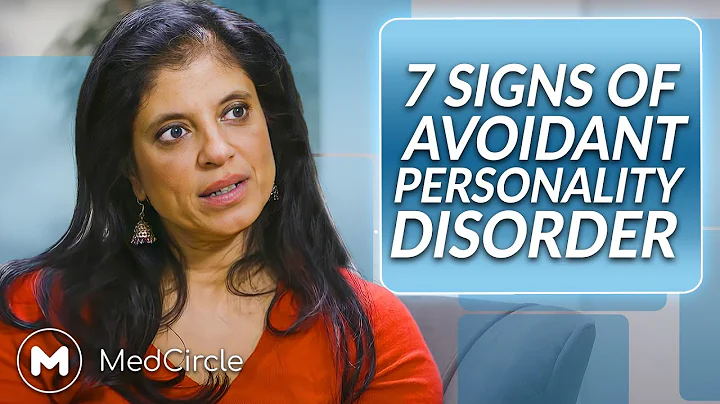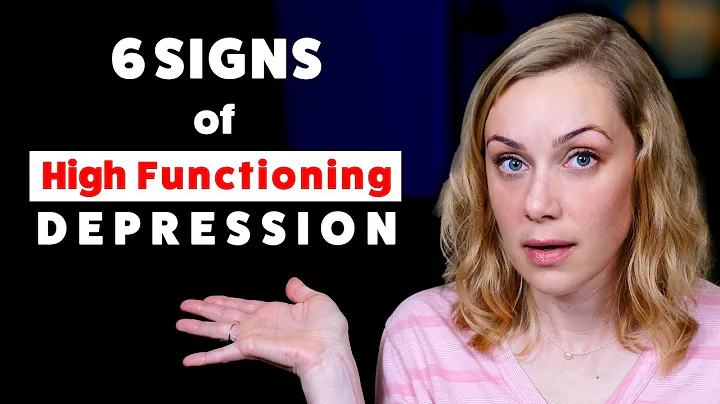
Zong Jing Si Shaoyan, Strategic Support Force Featured Medical Center (formerly 306 Hospital), Research Department 2
Medical Science Popularization Center Liu Yan/Cui Yan Edit
There is a group of children who are not deaf, but deaf, and deaf ears to the sound; they are not blind, but blind to the people and things around them; they are not dumb, but do not know how to speak. They are like stars twinkling alone in the night sky, lonely and mysterious, immersed in their own universe, incompatible with the world.
People call them "children from the stars", they are people with autism.
According to relevant statistics, there may be more than 10 million autistic patients in my country, of which the number of children aged 0 to 14 may exceed 2 million. Autism has become a global public health issue that seriously affects children's health, and the World Health Organization lists it as the number one mental illness in children.

So, the author will give a brief explanation on what autism is and how the current research progresses.
First of all, autism, also known as autism, or autistic disorder, is a representative disease of pervasive developmental disorder (PDD). The Diagnostic and Statistical Manual of Mental Diseases (DSM-IV-TR) divides PDD into 5 types: autism disorder, Retts syndrome, childhood disintegrating disorder, Asperger's syndrome and unspecified PDD. Among them, autism disorder and Asperger's syndrome are more common.
Risk factors for autism
(1) Genetic factors: If someone in the family has depression , the patient's chance of getting autism will increase, and the prevalence of compatriots in autism patients will be much higher than that of others.
(2) Organic factors of the brain: Autistic patients mostly have the expansion of the fourth ventricle, the cerebellar vermis and the obvious shrinkage of the brain stem, which suggests that this disease is related to dysfunction caused by abnormal central nervous system, and there are many authors of EEG abnormalities, abnormal neurological signs and epilepsy in children with autism.
(3) Neurotransmitter factors: Various neurotransmitter dysfunction is related to autism, such as abnormalities in serotonin neurotransmitters and γ-aminobutyric acid inhibition systems may cause autism in patients.
(4) Immune system factors: If a patient has immunodeficiency during the fetus, lymphocyte reacts to the mother's antibodies, which will increase the possibility of nervous system damage, and autism may occur.

Three core symptoms of autism
(1) Social communication disorders: Children with this disease have qualitative defects in social interaction. In infancy, the child will avoid eye contact, lack interest and reaction to human voices, and will be stiff when he holds it, and he will not want to get close to others. In early childhood, the child still avoids eye contact, often has no response, does not become attached to his parents, lacks interest in dating or playing with children of the same age, and cannot establish partnerships with children of the same age. After school age, as the child grows older and his condition improves, the child may become friendly and affectionate with his parents and compatriots, but he still has obvious lack of interest and behaviors to actively interact with others, lacks understanding of social emotions, and cannot adjust his behavior according to social occasions. As adults, the children still lack the interest in dating and social skills, and cannot establish romantic relationships and get married.
(2) Communication barrier : ① Non-verbal communication barrier. Children with this disease often express their discomfort or need by crying or screaming. A slightly older child may hold the adult's hand and walk towards what he wants without corresponding facial expressions. His expressions often appear indifferent, and rarely use actions such as nodding, shaking, and waving to express his wishes. ②Disasters in speech communication.Children with this disease have obvious obstacles in verbal communication, including: (a) impaired language comprehension to varying degrees; (b) delayed or indeveloped speech, and some children also had expressive speech before the age of 2-3, but gradually decreased or even disappeared completely; (c) abnormal speech form and content: children often have imitation and repetitive speech, grammatical structure and personal pronouns are often used incorrectly, and there are also abnormal in tone, speed, rhythm, stress, etc.; (d) Impaired speech ability: Although some children can recite nursery rhymes and advertising slogans, they rarely communicate with words, and will not raise topics, maintain topics, or only rely on stereotyped repetitive phrases to talk, and are entangled in the same topic.
(3) A narrow and rigid and repetitive behavior: Children with this disease lack interest in toys and games that are popular among children, but are particularly interested in some items that are not usually used as toys, such as round and rotatable things such as wheels and bottle caps. Children's behaviors are often very rigid, such as: they often use the same method to do things or play with toys, require items to be placed in a fixed position, have to go on the same route when going out, and only eat a few types of food for a long time, etc. They often have stereotyped and repetitive actions and strange behaviors, such as: repeat jumping, placing their hands in front of their eyes, flapping, or walking with their toes, etc.
(4) Other symptoms: About 3/4 of the children with this disease have mental developmental delay, about 1/3 to 1/4 of the children have epilepsy, and some children may experience "autism" while their mental retardation, such as extraordinary performance in music, calculation, date calculation, mechanical memory and recitation.

Principles of treatment for autism
(1) Early detection and early treatment. The earlier the treatment age, the more obvious the improvement.
(2) Promote family participation and allow parents to become collaborators or participants in treatment.
(3) Adhere to a comprehensive treatment training program that focuses on non-drug treatment and supplements with drug treatment, and promotes each other.
(4) The treatment plan should be individualized, structured and systematic. Treatment is carried out in different places according to the child's condition according to the person, and the treatment plan can be adjusted at any time according to the treatment response.
(5) While treating and training, pay attention to the health of the children and prevent other diseases.
(6) Persist in treatment and persevere.

Comprehensive methods of intervention and training for drugs, education and behavioral channels can alleviate the symptoms of autism
(1) behavioral treatment. Improve patients' self-control ability, enhance individual ability in many aspects, and encourage patients to independently engage in interpersonal development behaviors such as life behavior and social interaction.
(2) Structured teaching method. By combining visual and environmental structural factors, an organized and systematic learning plan is formulated for patients to coordinate the patient's fine movements and visual movement abilities, which usually has a positive effect.
(3) sensory integration training . This training can effectively improve the dynamic and static balance ability of autistic patients, and at the same time improve vestibular imbalance, excessive touch sensitivity and improve intelligence level.
(4) Language training. Correct the patient's vocalization and phonological defects, improve emotional cognition and expression ability, and improve vocabulary, active expression and passive expression times and willingness.
(5) music therapy . Music can improve multiple sensory stimulation, explore patients' learning ability, promote the improvement of verbal communication skills and skills, shape correct behaviors and social emotions, and have good therapeutic effects on improving active verbal expression, transforming and improving stereotyped behaviors, and enhancing social adaptability.
(6) Drug-assisted treatment. Second-generation antipsychotic drugs can improve patients' self-harm, aggression and destructive behavior, such as risperidone, aripiprazole , etc. Patients over 12 years old who have obvious symptoms of depression, anxiety, and obsessive-compulsive symptoms should be treated appropriately. For example, fluoxetine , paroxetine , sertraline, etc. must be taken under the guidance of a doctor.At the same time, parents need to pay close attention to the patient's dangerous behaviors such as self-harm and attack, as well as changes in sleep, diet, physical condition, and mood. In the diet, foods rich in sulforaphane , such as broccoli , kale , round carrots and other cruciferous plant .

has finished writing this far. The author believes that every child who is unfortunately suffering from autism is an angel with wings. He needs more patience and love from his family, and also needs more kindness and care from the public. A society full of tolerance and understanding is a progressive, harmonious and enlightened society. I hope that autism can be overcome as soon as possible, so that more children of stars can fall into the mortal world and stop wandering.
(pictures are from the Internet)











